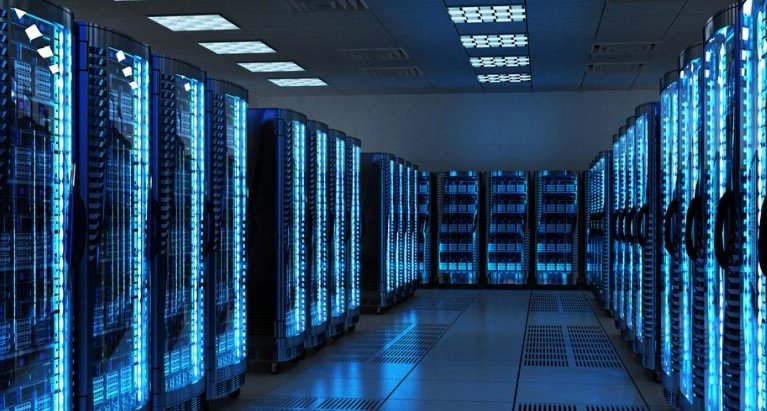Land cleared, wells tainted, and no real system to track what’s running off into the creeks
It’s not the electricity. It’s not even the server noise. For people living near new data centre builds in Georgia, the real trouble is coming out of their taps.
Several rural households, especially near Mansfield, say their well water has changed dramatically since a data centre project broke ground nearby. Brown sediment. Metallic tastes. Unfiltered anxiety.
And no one, it seems, is officially keeping tabs.
From dirt to disaster: where the damage begins
Before the servers even go live, the land is already paying a price. Bulldozers roll in. Trees get flattened. Hills are carved down and packed flat. You’ve seen this before—it’s construction, right?
But here’s the twist: those trees and roots? They held the soil. Once they’re gone, the rain doesn’t sink in anymore. It slides off rooftops, concrete pads, and paved roads like it’s in a hurry.
And when that stormwater flows, it drags the soil along with it. Straight into nearby creeks, ponds, and, yes, household wells.
One sentence.

Official oversight? Patchy at best
You’d think a billion-dollar data hub would come with rigorous environmental oversight. Spoiler: it doesn’t.
Georgia’s environmental agencies do require erosion and sediment control plans, yes. But enforcement is mostly visual, occasional, and often late.
There’s rarely real-time monitoring. No sensors. No alerts. Just inspections—sometimes only after residents complain.
By then, the damage is often already floating in someone’s glass of water.
Local impacts are hitting harder than expected
Mansfield isn’t alone. An investigative report earlier this year flagged similar stories out of Tennessee and other rural corners of Georgia.
Communities near data centre sites reported:
-
Increased sediment in residential wells
-
Higher turbidity in nearby reservoirs
-
Backflow issues at aging treatment plants
And yet, there’s very little in the way of direct accountability. Residents often struggle to prove causation. Meanwhile, the data centre projects push on, legally permitted but poorly watched.
It’s a lose-lose loop. People get sick or frustrated, but companies stay inside the letter of the law.
Sometimes, one sentence says more than three paragraphs.
Sediment is sneaky — and far from harmless
Let’s be clear: this isn’t just mud.
Sediment pollution sounds tame—almost harmless. But it’s one of the biggest threats to U.S. freshwater systems. It gums up water filters, chokes rivers, and kills fish eggs by the thousands.
Once stirred up, fine particles of clay and silt don’t just float around. They act like chemical taxis. Heavy metals like zinc, copper, and lead love to stick to sediment. So do fertilizers and even fecal bacteria.
That runoff during a construction phase? It might carry more than you bargained for.
Here’s how sediment impacts stack up:
| Impact Area | Consequence |
|---|---|
| Drinking Water | Filter clogging, contamination risks |
| Aquatic Ecosystems | Suffocation of fish eggs, gill damage |
| Infrastructure | Reservoir siltation, pipe damage |
| Chemistry | Phosphorus spikes, heavy metal transport |
One line. Pause. Let it breathe.
Construction rules exist, but they lag behind reality
The U.S. EPA estimates that without proper control, a construction site can lose up to 45 tons of sediment per acre per year. That’s not a typo.
Problem is, the rules are often based on decades-old assumptions—about rainfall, about runoff, about how quickly grass grows back.
Many erosion control plans depend on silt fences, hay bales, and occasional visual checks. But with climate change causing more intense storms and construction racing ahead of regulators, it’s often not enough.
And let’s not forget the delays in maintenance. A clogged sediment pond is as useful as a broken umbrella.
Actually, less.
What makes data centres different—and more damaging?
Data centres aren’t strip malls. They’re sprawling, low-rise campuses with huge roofs and lots of concrete.
They don’t produce smoke. They don’t have industrial outflows. That makes them seem, well, cleaner. Safer.
But their construction footprint is enormous. Dozens of acres. Bulldozed flat. Covered with impervious surfaces.
Unlike many industries, data centre operators aren’t usually required to do post-construction runoff testing. Once the initial erosion controls are “in place,” the state often moves on.
And so:
-
Rain falls.
-
Runoff surges.
-
Sediment travels.
-
Wells clog.
And no one’s officially measuring how much or how fast.
One sentence again. Just to let the weight sit there.
Residents are left fending for themselves
Back in Mansfield, locals say the water smells different. Looks different. Feels different.
Many have installed private filtration systems. Some now haul bottled water. Others have considered selling up—but who buys property next to industrial runoff?
Trust in oversight has taken a hit.
In some neighborhoods, frustrated homeowners have even begun logging rainfall and visible runoff on their own—not out of science, but because no one else is doing it.
That says something.
